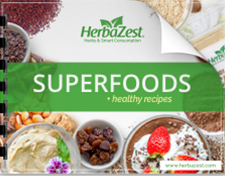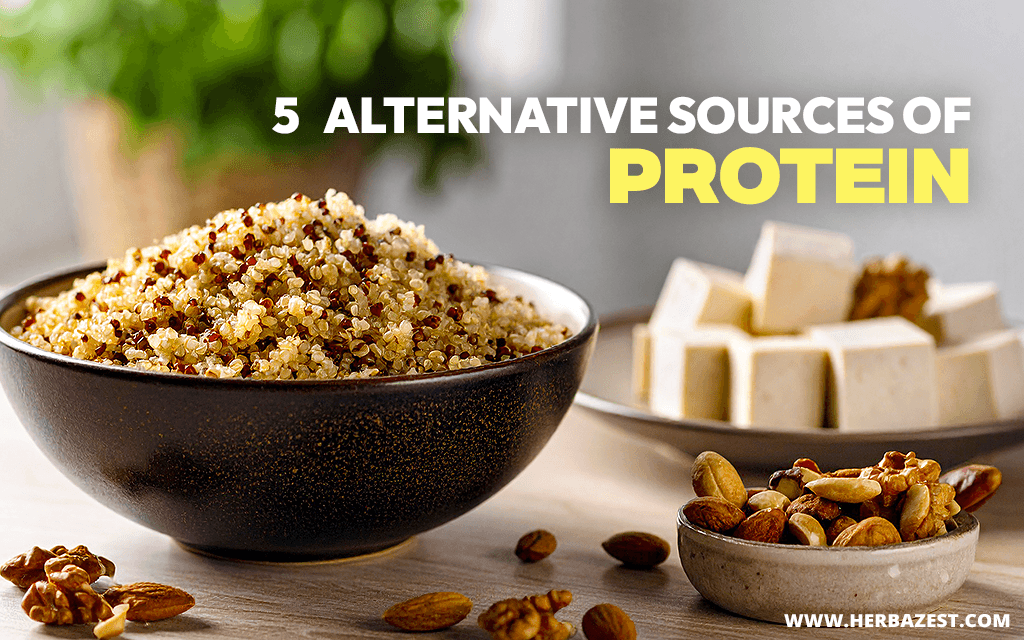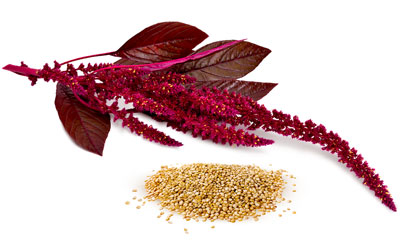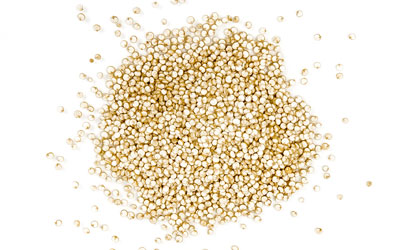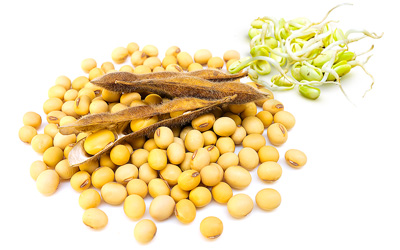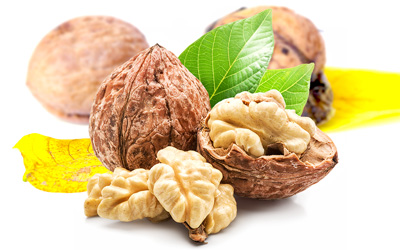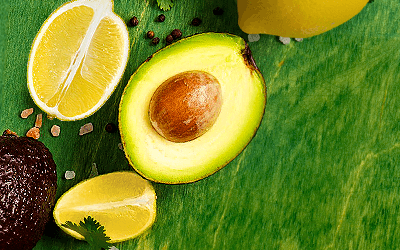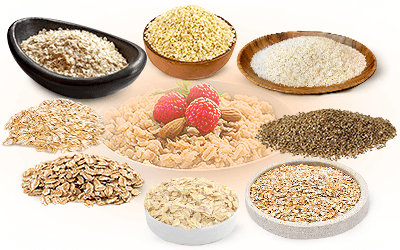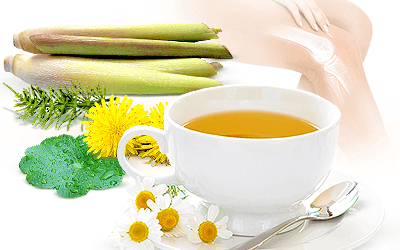Per acre, plants produce 10 times more protein than meat.
Many people think that if you're vegetarian or vegan, you will not consume enough protein. This is a common misconception, as animal products are not - even remotely - the only source for this essential nutrient. There are many plant foods to mix up your meals without missing out on protein. You will have adequate protein levels, without so much saturated fat and cholesterol, if you incorporate these healthy, satisfying, and versatile protein sources into your regular diet.
1. Quinoa (Chenopodium quinoa)
This South American seed is a complete protein source, containing all nine essential amino acids for the human body. It is also a great source of fiber, zinc, magnesium, and manganese, which are helpful for a healthy immune system, digestion, and energy levels.
Quinoa can be used for countless meals, and is great for absorbing flavor. People often use it in place of rice when they want a nutrient-dense meal. You can find the dry seeds in almost every supermarket these days, and it is very simple to make. This is a great substitute that will make you feel strong and satisfied.
2. Soy (Glycine max)
Soy is an excellent source of protein. It also contains healthy fats, complex carbohydrates, calcium, folate, and iron. Soy is a plant source that contains all the essential amino acids, in equal levels to many meats, eggs, and milk. The options you have with soy are seemingly endless. You can dice up tofu and throw it in your favorite stir fry, drink a glass of soymilk, and even find soy-based "meats" in many markets. Soy plant based protein is also available in other presentations, such as tempeh, edamame, and miso.
3. Seitan (Triticum spp.)
What is this strange-sounding meat replacement? It is actually the gluten from wheat, where the bulk of protein exists. It contains the highest levels of protein of any part of the wheat plant, and it is extremely satisfying. It is actually many vegetarians' favorite alternative due to its substantial texture, similar to that of meat.
It can be breaded, grilled, barbequed, and simmered in a stew. Eaten widely in China and Japan as well as by vegetarians, it can be found in mock meats at many Asian restaurants. If you are looking to make your own, you can find vital wheat gluten powder from the all natural supermarkets, and they come with a recipe on the bag. If you aren't ready for that, check the refrigerated or frozen aisle to find it already prepared.
4. Nuts
Nuts, mainly almonds and walnuts, tend to be a main source of protein for raw vegans, and they are the base for many of their "meats." However, anyone can snack on a handful of nuts or incorporate into meals for a filling alternative. At 21 and 14 grams of protein per 100 grams serving, respectively, both almonds and walnuts are quite easy-to-find and affordable snacks if you're looking for a quick protein fix.
5. Amaranth (Amaranthus caudatus)
This lesser-known high-protein seed, also known as Kiwicha, packs the double benefit of being both vegan-friendly and gluten free. Although it has remained obscure for western markets until fairly recently, its nutritional content should not be underestimated.
Amaranth packs 4 grams of protein per 100 grams, and a large share of these are made up of lysine, albumins, and globulins, which are known as "high biological value" protein because they are easier to digest and absorb. It is also an excellent source of calcium , magnesium, and fiber, three nutrients which are sometimes lacking in gluten free diets.
You do not need to chomp down on a hamburger or turkey leg for sufficient protein. These alternatives are not only healthier for your body than most meats, but they also provide you with an abundance of vitamins and minerals to keep you going. It is never good to stick to one source, however, so make sure to mix it up. Your body loves variety, so offer it each of these for sustained energy and strength.
Sources
- National Institutes of Health, Vegetarian Diet
- National Soybean Research Laboratory, Nutritional and Health Benefits of Soybeans
- Trends in New Crops and New Uses
- USDA Center for Nutrition Policy and Promotion, Tips for Vegetarians
- Alternative Field Crops Manual
